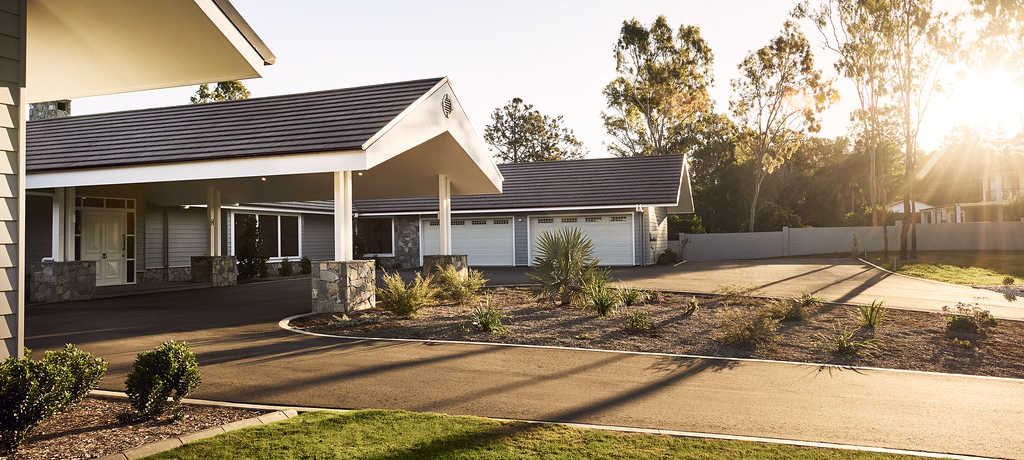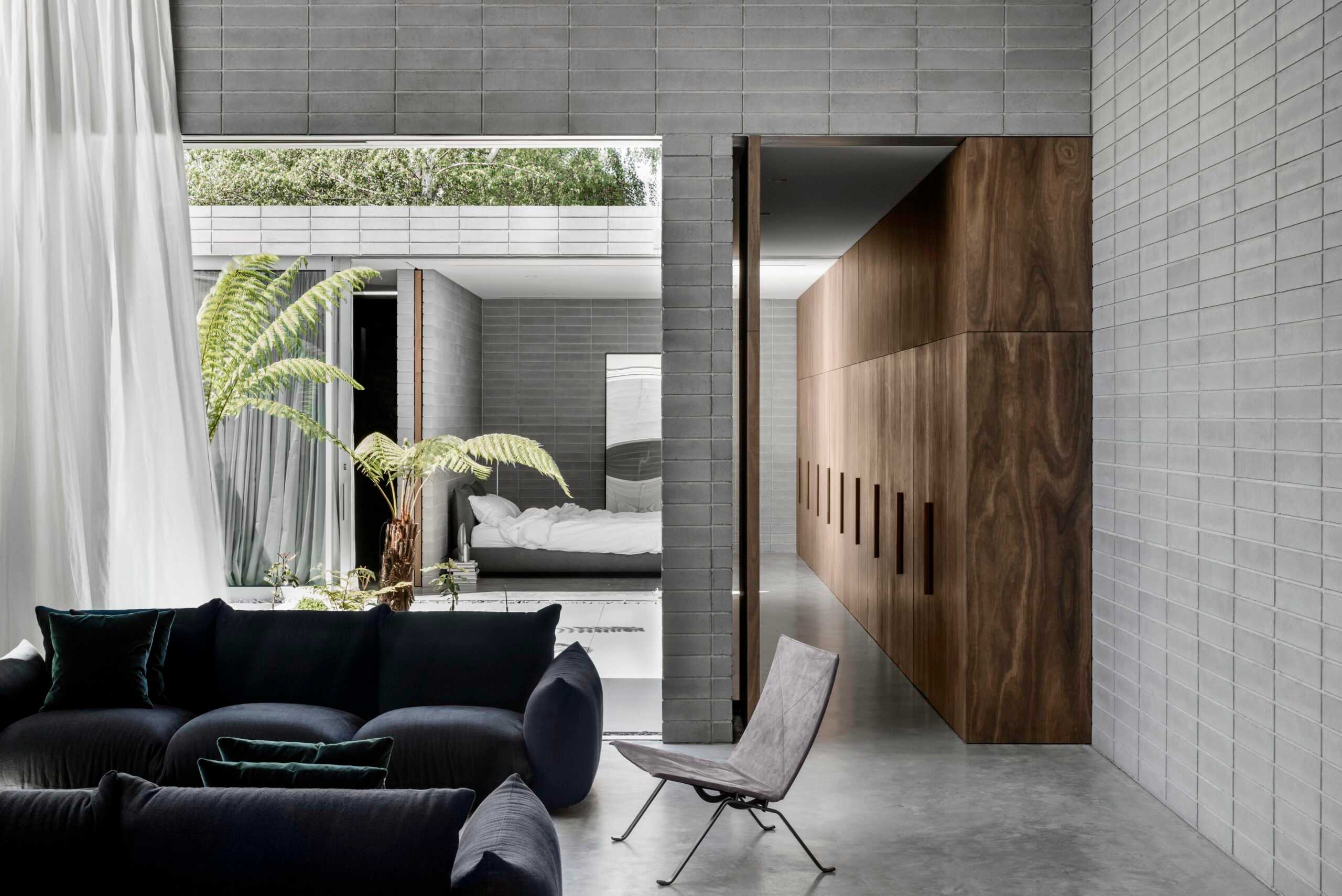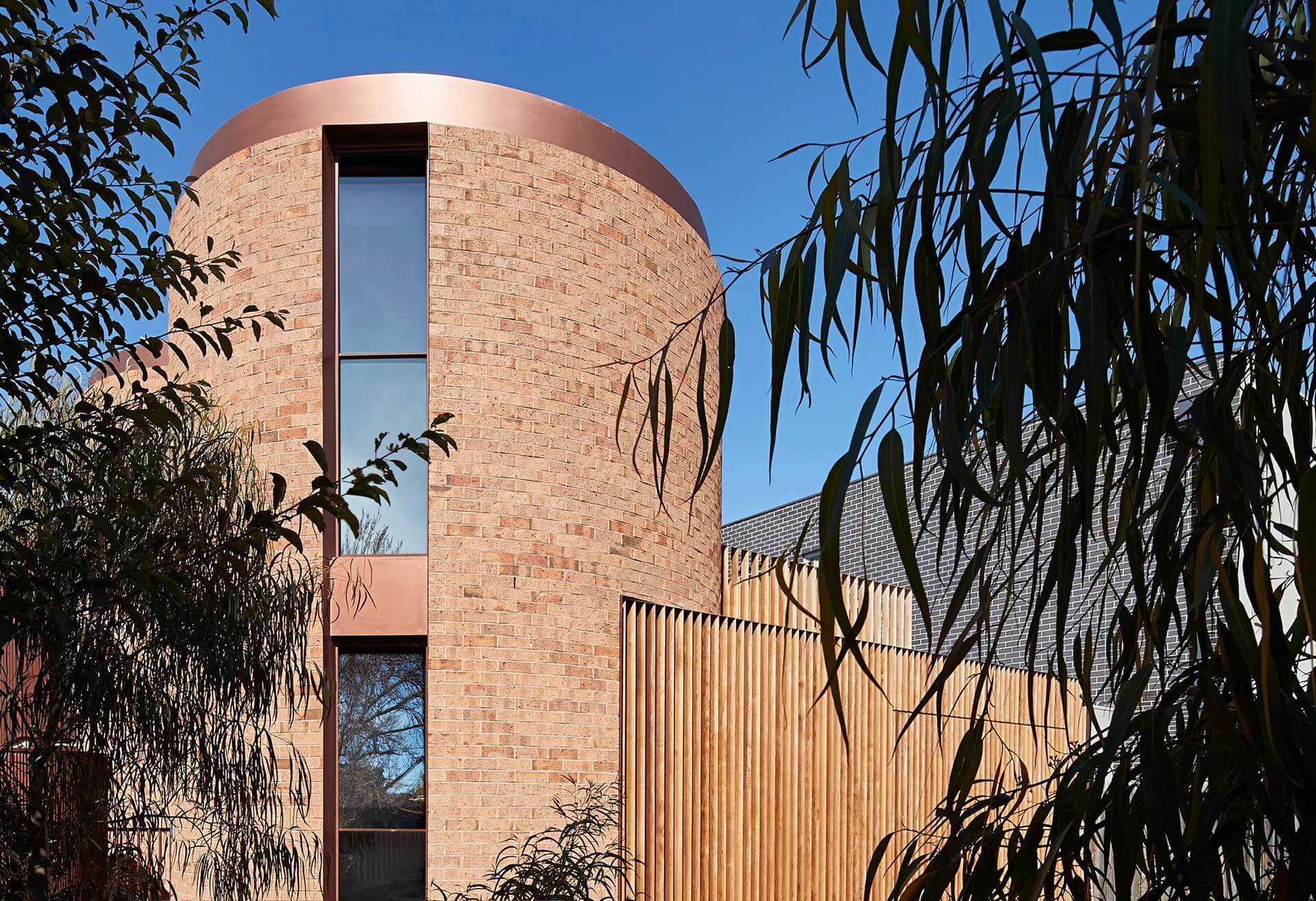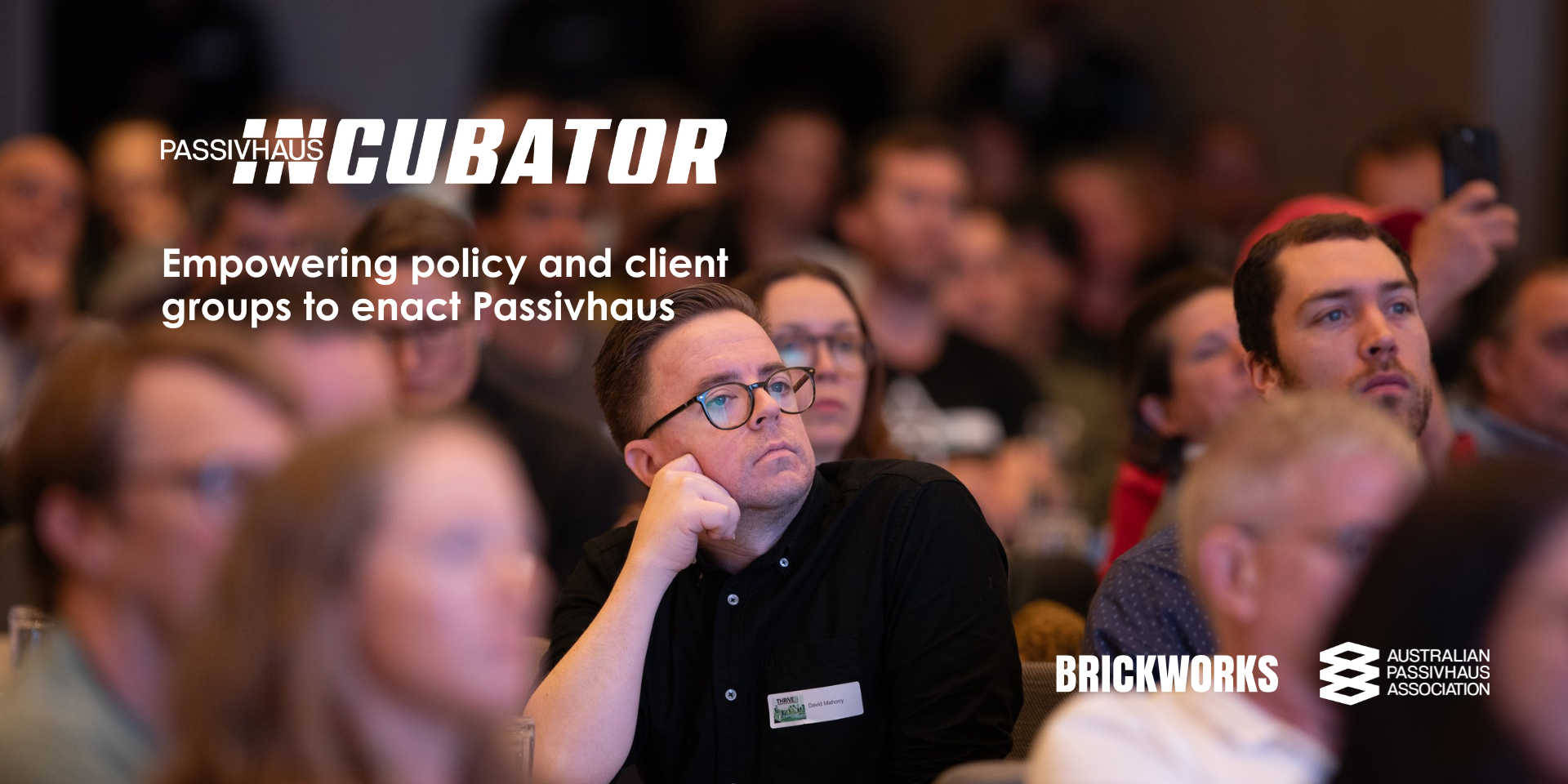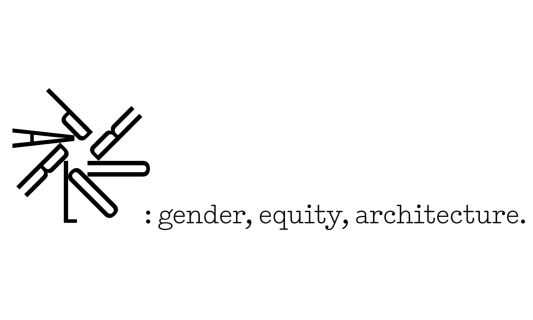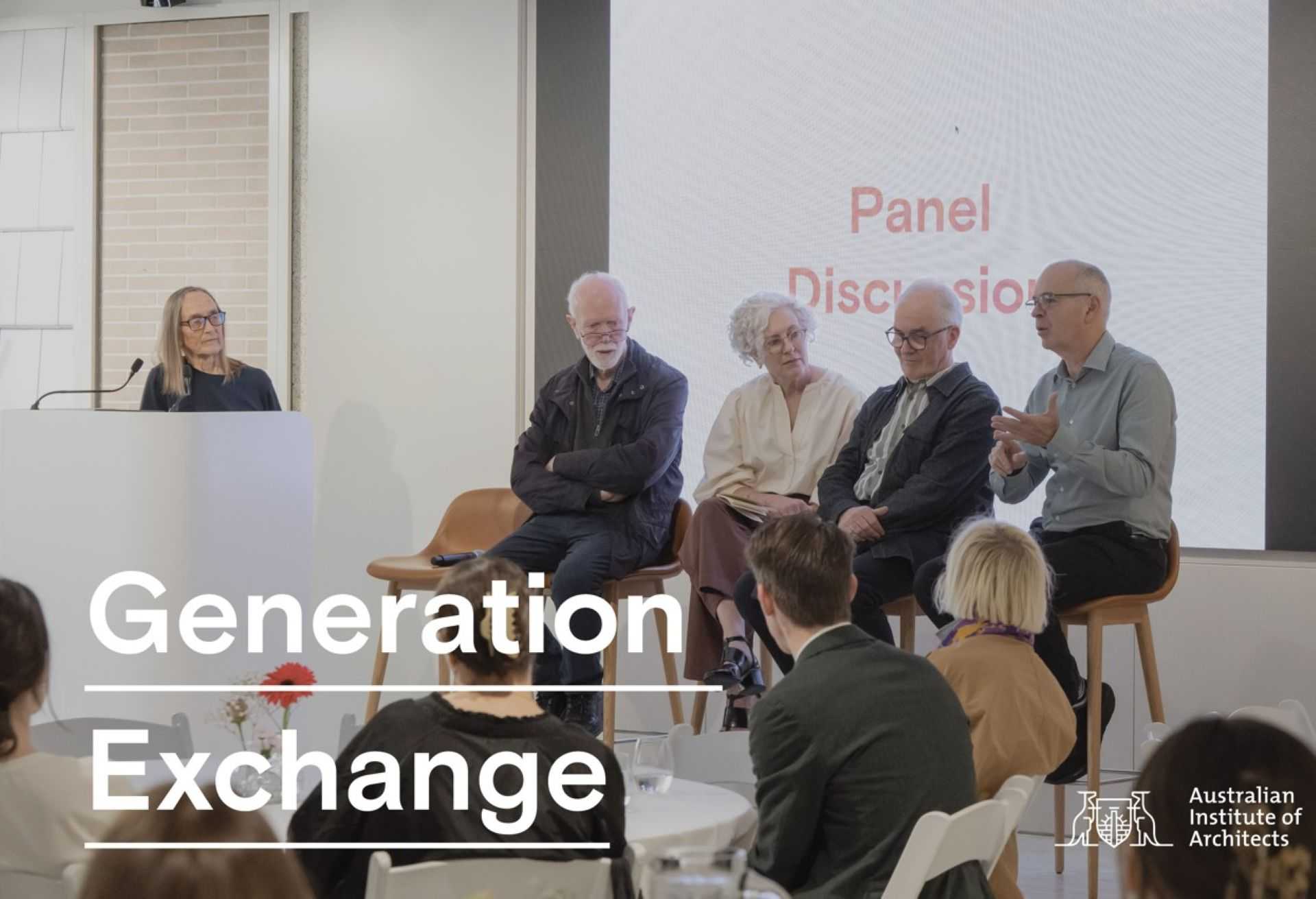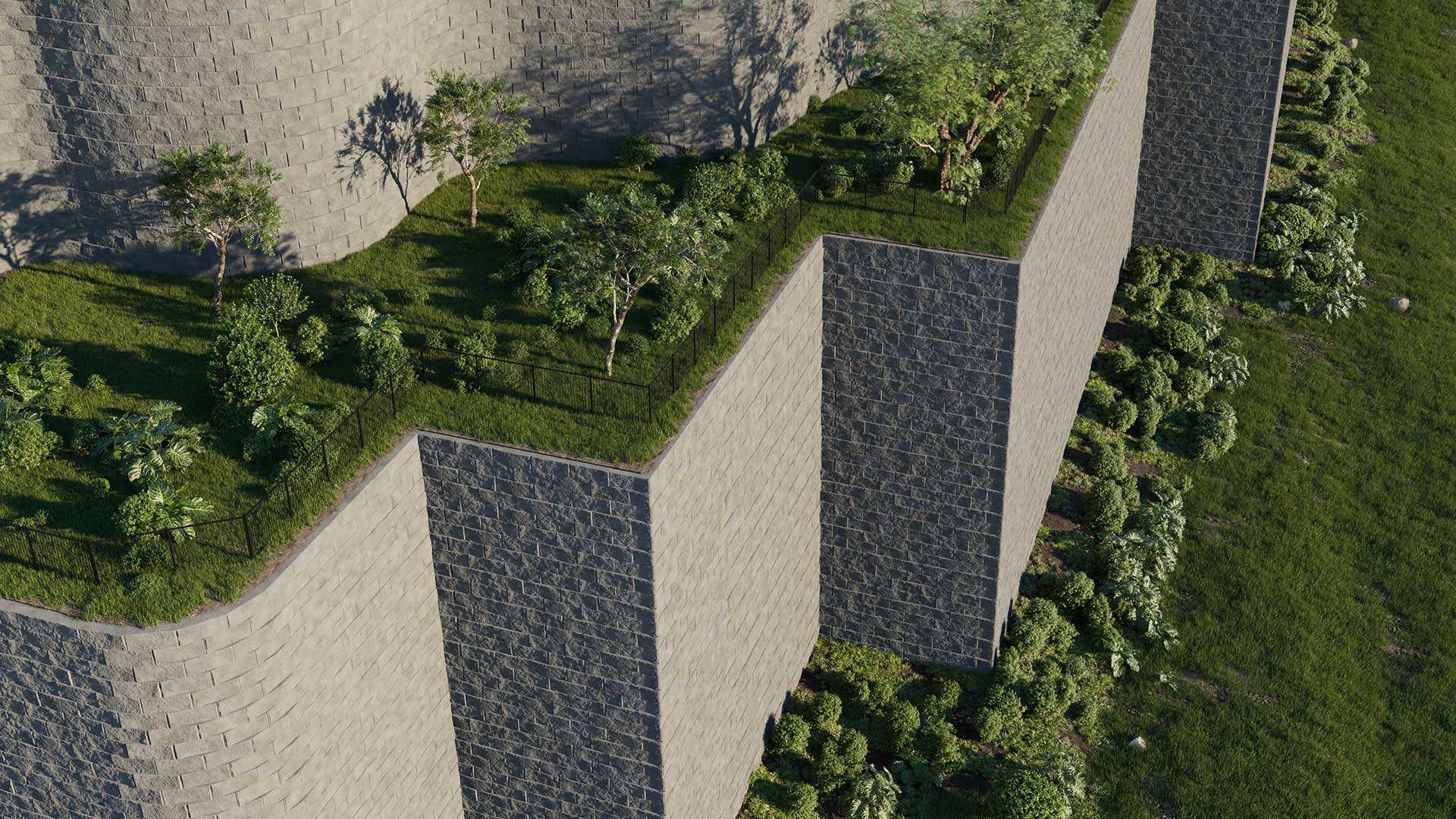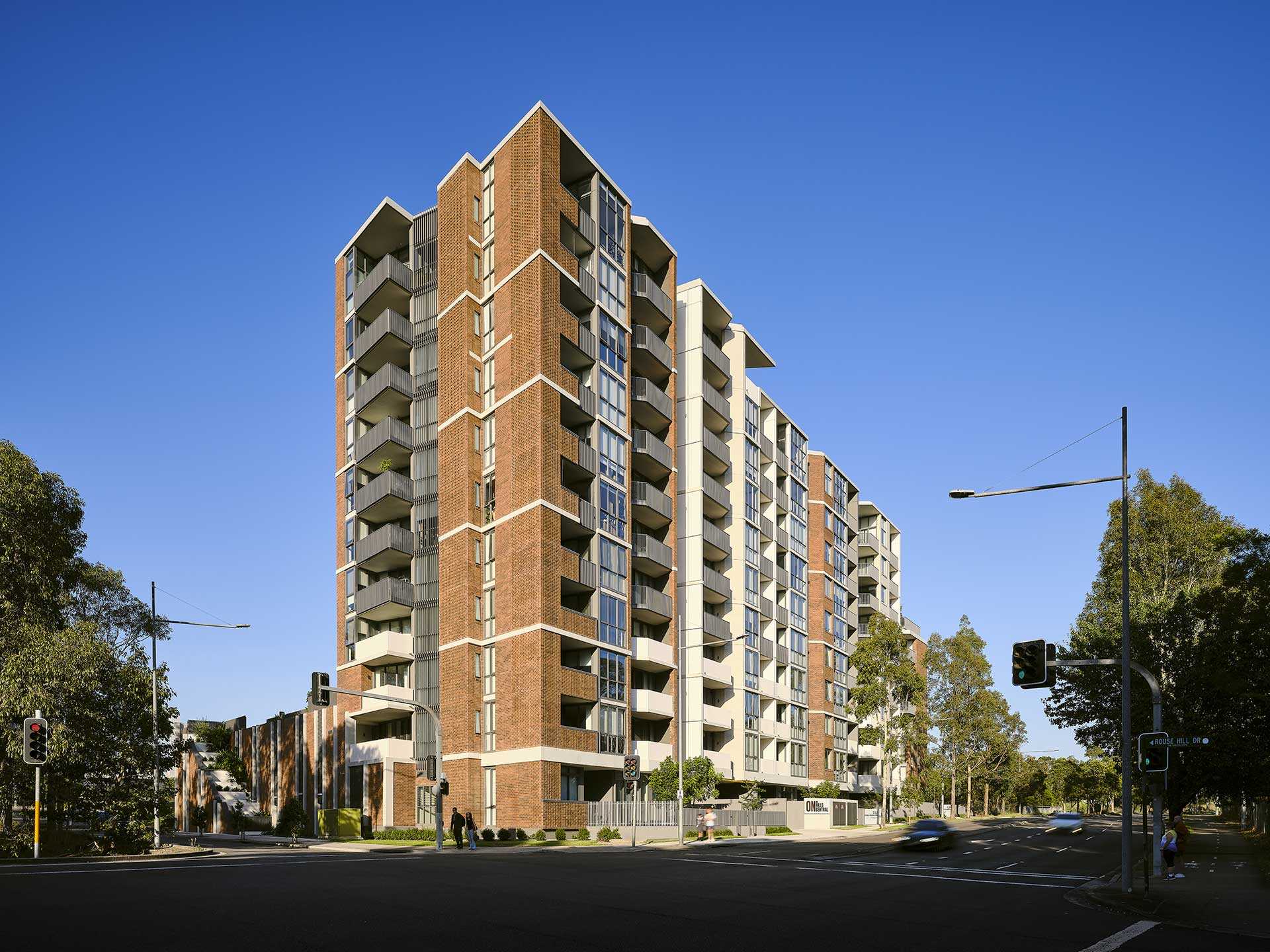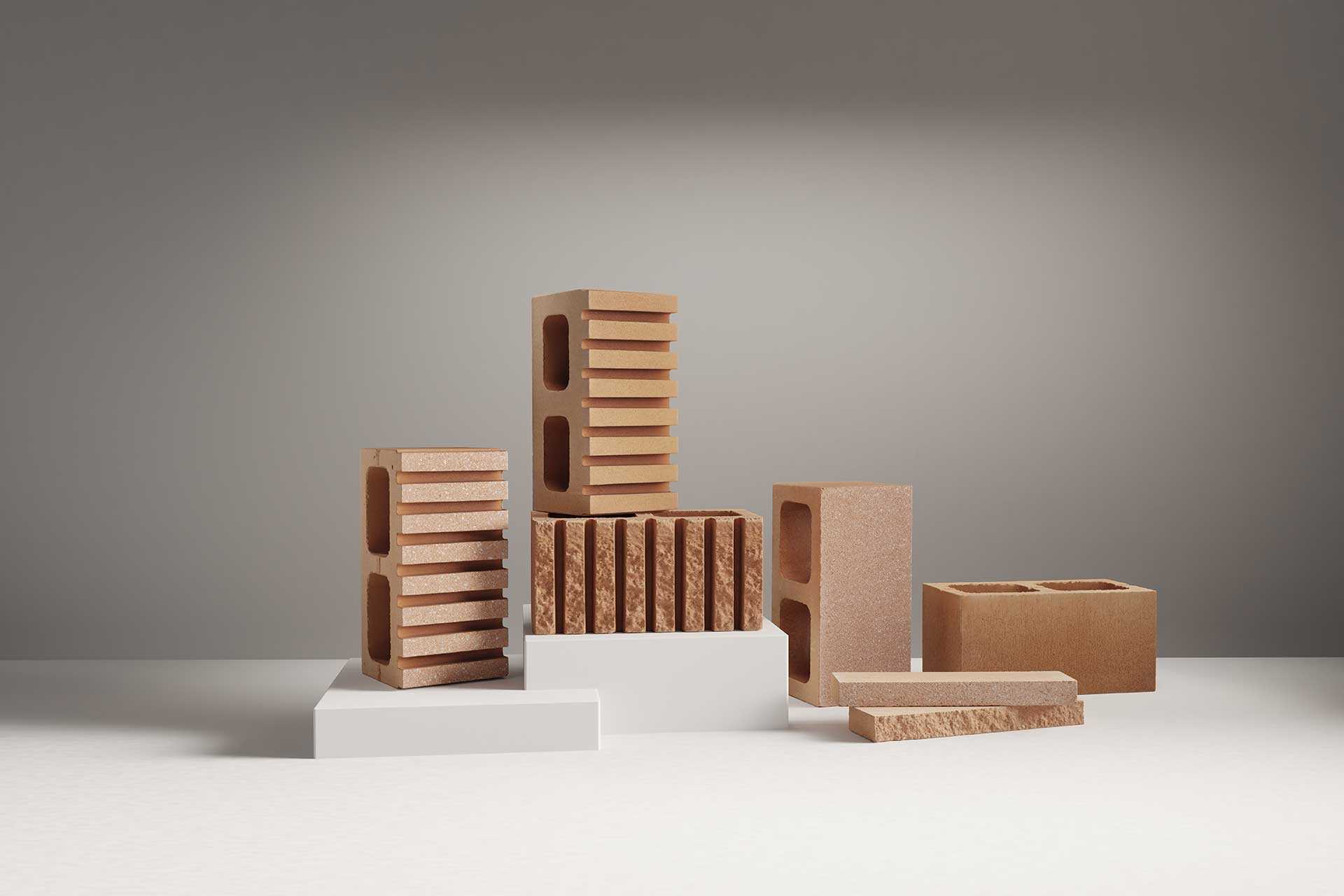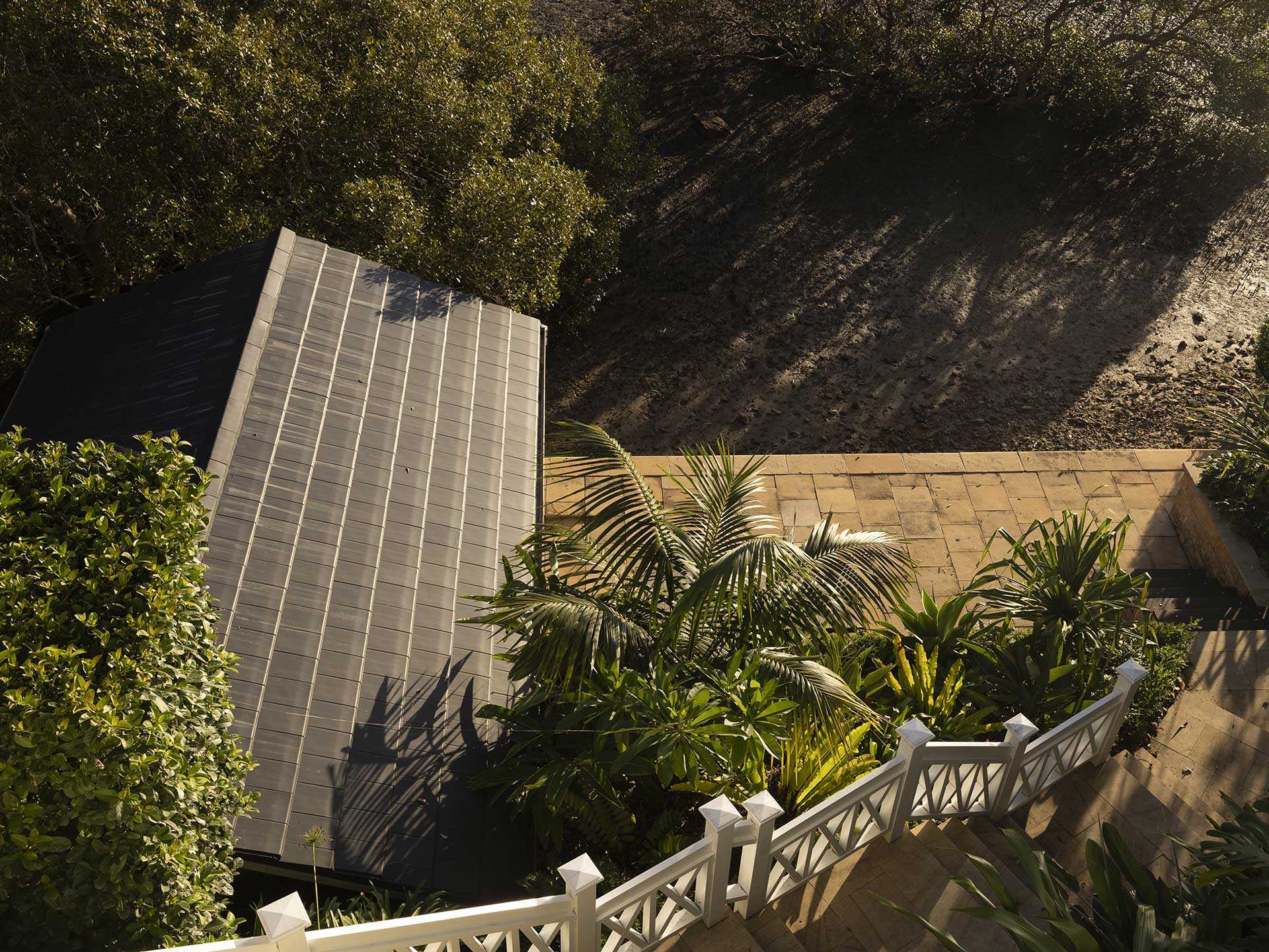
Building in Bush-Fire Zones

For Weir bushfires come with a long and complex history. Solutions, if such a word can be used, are likely to be equally complex and require time. “The reality is, plenty of people are still getting over the trauma associated with Black Saturday. So, since 2009, there’s been little room for thinking carefully about a variety of bushfire resilience strategies. But it’s certainly not a hopeless situation. Opportunities for new ideas are opening up all the time.”
One such opportunity Weir sees is to change the relationship between Australians and the bushfire season. Instead of being considered as something that comes “on and off” during summer, he wants widespread behavioural change, to implement fire-resilient activities everyday, because “if you need to operate something once in an emergency, then it’s probably not going to work”.
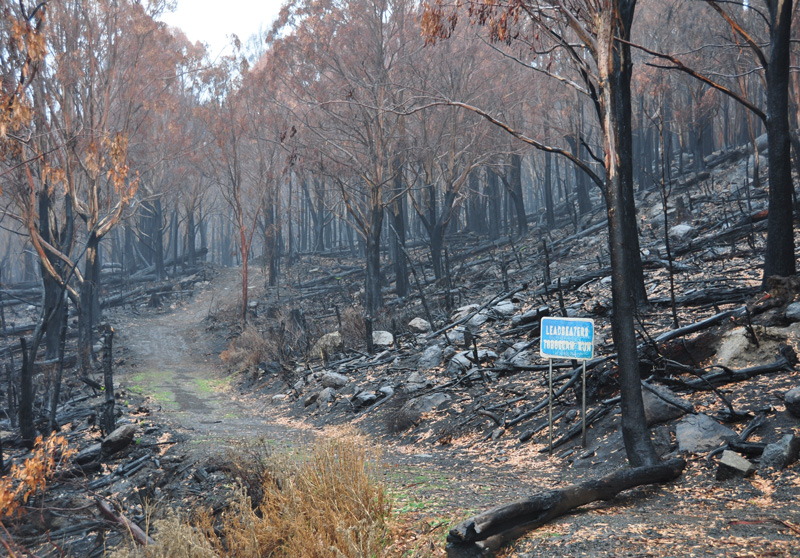
Building elements such as fire-proof window shutters, safety glass, and the minimisation of verandah overhangs and eaves are some of the things people can do. Weir supports such passive bush-fire resilience strategies, as opposed to “run out and turn the sprinklers on” when fire hits.
The design of your house is also of critical importance. “When designing houses for every day of the year, you’ve also got to integrate bushfire protection into the final design,” says Weir. “So if you’re designing a house to last 50 years, you’re actually designing it for a once-in-100-year bushfire, meaning it’s got to be easy to maintain and durable.”
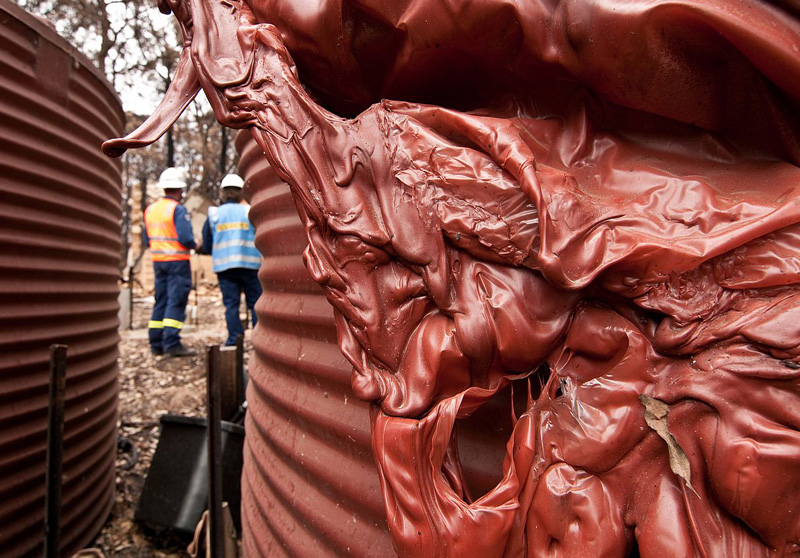
He also believes we need to be more strategic in growing plants that reduce the speed of bushfire transmission. Yet, as Weir observes, “research shows that people continue to manage their landscapes for aesthetic reasons, not because they’re responding to calls for bushfire resilience. The result can be homes that are dependent on inappropriate vegetation, which nevertheless give a false sense of security.”
Alongside individual efforts to build defensively, building regulation across local, state and national governments has also undergone extensive revision, following the devastation of Black Saturday. While no one questions the need for planning and building standards to be carefully reviewed,Weir strikes a cautionary note.For those looking for a tree-change, new regulation that governs how we build in the bush can sometimes appear to be a daunting prospect, and “runs the risk of disenfranchising people,” he says. Some people simply give up, selling land that in some cases has been in a family for generations. “People think it’s going to be too expensive and too hard to get things approved.”

Despite these challenges, Weir says clients and architects just need to think more holistically about their place in this type of Australian landscape.
“One of the crucial things that architects and landscape architects understand is human behaviour in space, over time. So they play an important role in convincing the client to implement bushfire-proof strategies, from day one.”
Australia’s bush is world famous. From the 19th century ‘Heidelberg School’ of landscape painters, to Australian movies such as Crocodile Dundee or Walkabout, the dominant image of Australia is a place of epic and sublime landscapes. Yet Australia’s landscapes can bite back.
Every summer the ‘bushfire season’ threatens to bring devastation to one part of rural Australia or another, with the 2009 Victorian Black Saturday bushfires being the most deadly in recent history. It released energy equivalent to more than 1500 atomic bombs the size of Hiroshima’s, while claiming 173 lives. In its wake, authorities have sought to prevent something like it ever happening again. However good these intentions were, they have also resulted in a new regime of rigidly risk-averse planning codes. Some say they do more harm than good. Dr Ian Weir, an expert adviser at the Bushfire Building Council of Australia, is one of them.
“It’s not surprising that local governments are risk-averse,” says Weir, “If there’s a fire event where houses are lost and people die, a Royal Commission will invariably want to blame an individual, instead of the harder job of blaming the underlying structure.”
Learn about our products.
Join us at an event.
